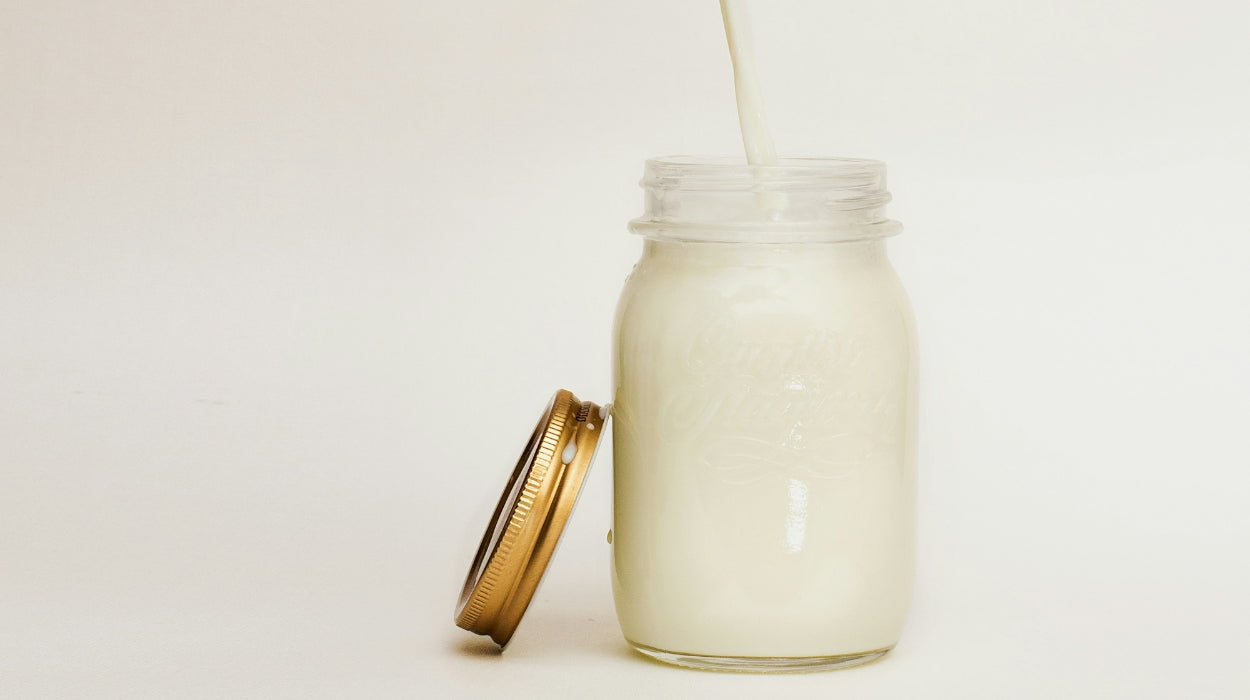The Benefits of Drinking Raw Milk: Nutrient-Dense, Natural, and Controversial

Raw milk has been consumed for centuries, offering a rich source of nutrients and beneficial bacteria. However, its controversy in modern times has led to debates over safety and regulation. While the FDA warns against raw milk consumption due to the potential presence of harmful bacteria, many advocates argue that it provides superior nutrition and health benefits compared to pasteurized milk. Let’s explore the benefits of drinking raw milk and address the safety concerns with real data.
What Is Raw Milk?
Raw milk is milk that has not undergone pasteurization—a process that heats milk to kill harmful bacteria. Instead, raw milk is consumed in its natural state, often sourced from grass-fed cows raised on small, sustainable farms.
Nutritional Benefits of Raw Milk
-Raw milk is packed with essential vitamins, minerals, and enzymes that contribute to overall health:
-Rich in Vitamins & Minerals. Raw milk contains high levels of vitamin A, vitamin D, calcium, and magnesium, essential for strong bones, immune function, and overall vitality.
-Contains Beneficial Enzymes. Pasteurization destroys many enzymes that aid digestion, including lactase, which helps break down lactose, making raw milk easier to digest for some people.
-Supports Gut Health. Raw milk is a natural source of probiotics that promote a healthy microbiome, supporting digestion and immunity.
-Higher in Omega-3s & CLA. Raw milk from grass-fed cows contains more omega-3 fatty acids and conjugated linoleic acid (CLA), which have anti-inflammatory properties and support heart health.
-More Bioavailable Nutrients. The nutrients in raw milk are in their natural, easily absorbed state, unlike pasteurized milk, which can lose some of its nutritional value during heat treatment.
Is Raw Milk Safe? Here’s the Data
-One of the biggest concerns surrounding raw milk is the potential for foodborne illness. However, how does raw milk compare to other foods regarding illness outbreaks?
-Between 1998 and 2013, there were 1,509 reported illnesses and 185 hospitalizations linked to raw milk in the U.S. (CDC).
-Between 1998 and 2013, 972 outbreaks related to raw produce resulted in 34,674 illnesses, 2,315 hospitalizations, and 72 deaths (Digital Commons at Cal Poly).
-From 2006 to 2016, 226 foodborne disease outbreaks from vegetable recalls led to 16,106 illnesses, 2,875 hospitalizations, and 111 deaths (PMC.NCBI.NLM.NIH.gov).
Key Takeaway: While raw milk has been linked to some outbreaks, data shows that contaminated vegetables have caused significantly more illnesses, hospitalizations, and deaths. While vegetables are more widely consumed, we believe this proves that risk is inherent. Choosing raw milk from responsible, small-scale farms that practice high sanitation standards can help mitigate risks.
Raw Milk & Sustainable Farming
Beyond nutrition, raw milk is often linked to regenerative agriculture and sustainable farming practices:
-Grass-Fed Cows: Raw milk producers often raise cows on pasture, leading to healthier animals, better-quality milk, and lower environmental impact.
-Support for Small Farms: Choosing raw milk supports local farmers and ethical, transparent food systems.
-Reduced Processing: Raw milk requires no industrial processing, which reduces energy use and waste production.
Should You Drink Raw Milk?
If you’re considering raw milk, here are some key factors to keep in mind:
Source Matters – Purchase raw milk from trusted, small-scale farms with high standards for cleanliness and animal welfare. Start Slowly – If new to raw milk, start with small amounts to allow your body to adjust. Check Your State’s Laws – Raw milk laws vary by state; some allow farm sales, while others restrict access.
The Bottom Line
Raw milk offers a nutrient-dense, probiotic-rich alternative to pasteurized dairy, providing superior digestion and potential health benefits. While safety concerns exist, data suggests that many other commonly consumed foods have higher illness rates. When sourced responsibly, raw milk can be a safe, sustainable, and health-boosting addition to your diet.



